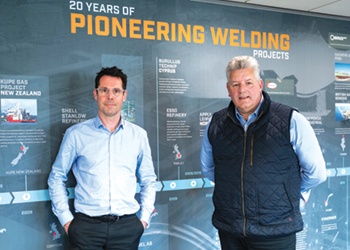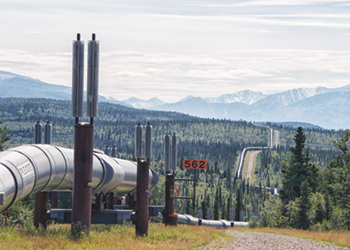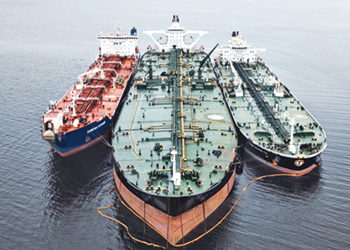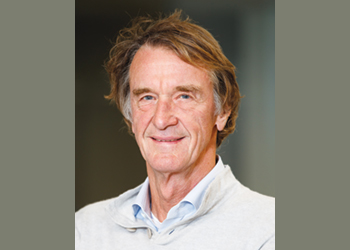
 OGE's pipeline will transport 18 million tines of CO2 per year
OGE's pipeline will transport 18 million tines of CO2 per year
OGE, a leading European transmission system operator, will build a pipeline network to enable the transport of CO2, like unavoidable process-related CO2 emissions for sequestration, and to enable the reuse of CO2 in a green circular closed-loop system to transport green hydrogen.
This network will initially be 1,000 km long and will enable a transport volume of around 18 million tons of CO2 per year.
To prioritise the provision of green energy, OGE entered a strategic partnership with Tree Energy Solutions (TES), which recently announced a green energy hub for importing green gas into Wilhemshaven, Germany.
The pipeline network, starting from the green gas import terminal to be built by TES in Wilhelmshaven, will integrate important industrial, power and mobility locations around Germany. The commissioning of the first part of the network is expected from 2028.
"To achieve our climate targets, we must invest in renewable energies and above all hydrogen but also offer a solution to industries in Germany that need to capture and utilize their CO2 emissions," Dr Jörg Bergmann, CEO of OGE, said.
"This requires a CO2 infrastructure. We will offer these to all interested parties openly and at standardised conditions."
OGE and TES are in talks with German steel producers, cement/lime producers, power plant operators and chemical plant operators to transport CO2 via the new pipeline back to the future Wilhelmshaven green energy hub.
Right from the start, the transport network will be equally open to other market participants.
"The CO2 pipeline network supports the closed-loop circularity strategy, ensuring that CO2 can be kept within the TES cycle and GHG emissions are avoided," Paul van Poecke, Founder and Managing Director at TES, said.
"Via this project, the CO2 will be captured and re-used in a circular closed-loop system as a carrier to transport green hydrogen or as a resource in other industries."
The carbon cycle strategy will significantly accelerate the energy transition in Germany and help the industry, power and mobility, sectors to achieve their decarbonisation targets. This requires a Germany-wide CO2 strategy and corresponding instruments.




















































































